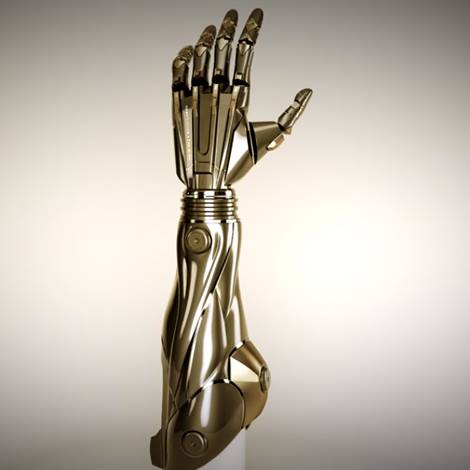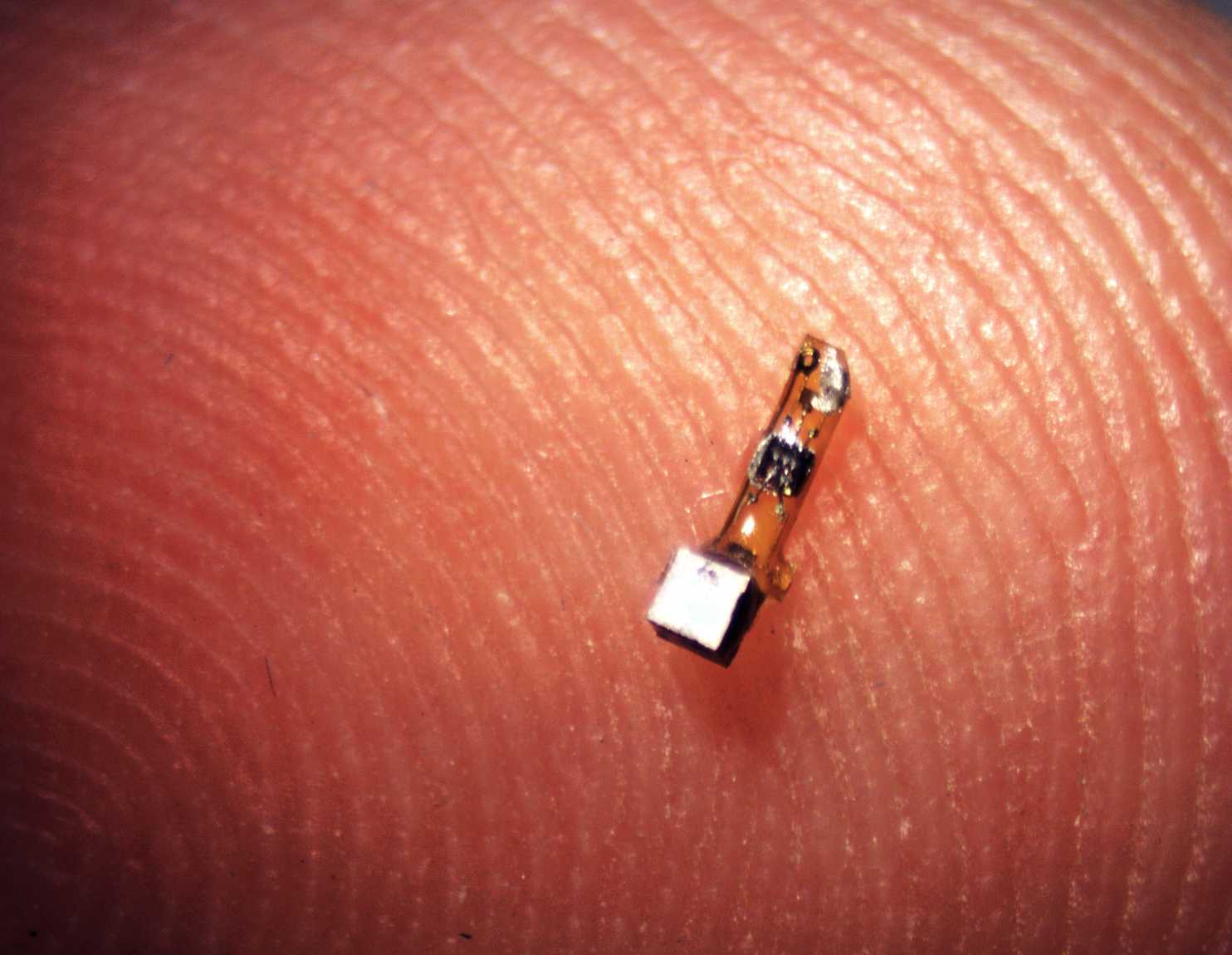It’s the feel good Autopilot story Tesla has been waiting for.
Category: biotech/medical
Dr. Aubrey de Grey of the of the SENS Research Foundation explains the OncoSENS approach to curing ALT-Cancer, the corresponding crowdunding campaign (https://www.lifespan.io/campaigns/sens-control-alt-delete-cancer/), and how this is a vital part of overcoming the ill-effects of aging.
This presentation is part of the Designing New Advances conference held by the Institute of Exponential Sciences in the Netherlands, orchestrated by Demian Hoed, and Lotte Van Norte.
ALT-Cancer refers to those cancers which use the Alternative Lengthening of Telomeres mechanism to attain cellular immortality, as opposed to the expression of the enzyme Telomerase.
California-based startup Ambrosia is starting clinical trials that will see older people pumped with blood from younger donors, in the hopes of rejuvenating their bodies.
Reversing and eliminating aging has always been one of the true Holy Grails of medical science. Like the search for the rumored Grail, the journey to eliminate aging will be a difficult one– and there is some doubt as to whether it is actually achievable.
But one startup seems like it may have cracked the problem, and is now beginning tests. Ambrosia, a startup based in Monterey, California, is starting a clinical trial to rejuvenate people over 35 by injecting them with young people’s blood.
Removing Senescent Cells from the Lungs of Old Mice Improves Pulmonary Function and Reduces Age-Related Loss of Tissue Elasticity
Posted in bioengineering, biotech/medical, genetics, life extension | Leave a Comment on Removing Senescent Cells from the Lungs of Old Mice Improves Pulmonary Function and Reduces Age-Related Loss of Tissue Elasticity
More progress with senolytics for treating age related diseases and further vindication for the SENS approach to aging.
The open access paper linked below provides another reason to be optimistic about the therapies to clear senescent cells from old tissues that are presently under development. Here, the researchers created genetically engineered mice in which they could selectively trigger senescent cell death in lung tissues. In older mice, the result was improved pulmonary function, and other improvements in the state of lung tissue — turning back the clock on some of the detrimental age-related changes that take place in the lungs.
Cells become senescent in response to damage or environmental toxicity, or at the end of their replicative lifespan, or to assist in wound healing. The vast majority either destroy themselves or are destroyed by the immune system, but a few manage to linger on. Those few grow in numbers over the years, and more so once the immune system begins to decline and falter in its duties. Ever more senescent cells accumulate in tissues with advancing age, and they secrete a mix of signals that can encourage other cells to become senescent, increase inflammation, and destructively remodel nearby tissue structures. In small numbers senescent cells can help to resist cancer or assist healing, but in large numbers they contribute meaningfully to all of the symptoms and conditions of old age. They are one of the root causes of aging.
Building therapies to destroy senescent cells is the best, easiest, and most direct response. If carried out sufficiently well it would remove this contribution to the aging process entirely, and fortunately the cancer research community has been working on targeted cell destruction for many years now: the technologies exist and just need to be hammered into shape. This class of rejuvenation therapy has been advocated as a part of the SENS vision for the medical control of aging for going on fifteen years now, but only in recent years has the research community made useful progress. As for so many promising lines of research related to bringing aging under medical control, it has been next to impossible to raise funds for this work. The most critical studies in senescent cell clearance, those that proved the case beyond any reasonable doubt, were funded through philanthropy, as is often the case for work at the true cutting edge of medical science.
Posting for the friends who hasn’t heard about the US funding the new program to grow half human and half animal embryos. Part of the goal is to enable organs to be made available for transplants, etc…
The federal government is planning to lift a moratorium on funding of controversial experiments that use human stem cells to create animal embryos that are partly human.
The National Institutes of Health has unveiled a new policy to permit scientists to get federal money to make the embryos, known as chimeras, under certain carefully monitored conditions.
The NIH imposed a moratorium on funding these experiments in September because they could raise ethical concerns.
The benefits of the technology for humans, while still largely hypothetical, are promising. The sensors could allow physicians to monitor the health of organs, create new therapies for neurological disorders, and help the physically impaired to control prosthetics.
While chips have been implanted in humans and other animals before, these sensors mark a significant improvement because they are small, wireless, batteryless, and could last in the body for years without degrading, said Michel Maharbiz, the associate professor who devised and studied the sensors alongside neuroscientist Jose Carmena.
“Hopefully the [tiny sensors] demonstrate a new direction for the field, and then you could build the consensus that’s needed to drive these forward,” Maharbiz said.
Imagine a future where there is no need to cut down a tree and and reshape that raw material into a chair or table. Instead, we could grow our furniture by custom-engineering moss or mushrooms. Perhaps glowing bacteria will light our cities, and we’ll be able to bring back extinct species, or wipe out Lyme disease—or maybe even terraform Mars. Synthetic biology could help us accomplish all that, and more.
That’s the message of the latest video in a new mini-documentary Web series called Explorations, focusing on potentially transformative areas of scientific research: genomics, artificial intelligence, neurobiology, transportation, space exploration, and synthetic biology. It’s a passion project of entrepreneur Bryan Johnson, founder of OS Fund and the payments processing company Braintree.









